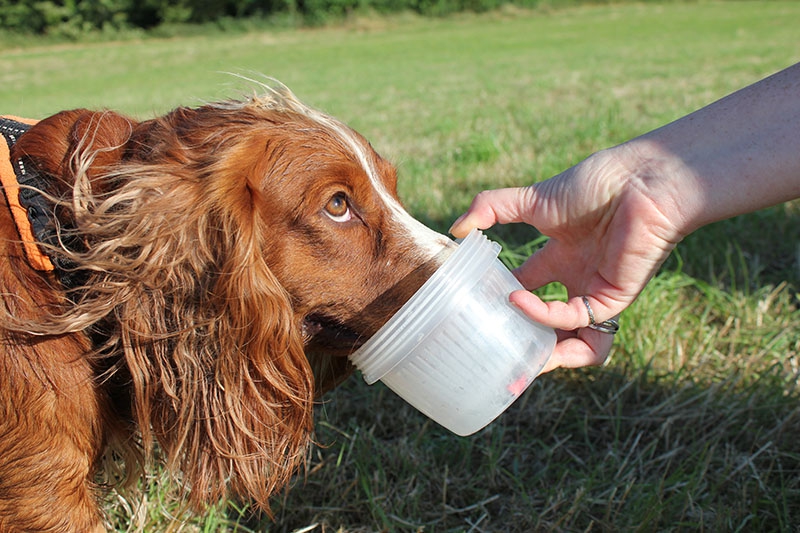We aren't so much as teaching our dog to smell, but to harness it to our advantage; dogs can and are trained in nose work to sniff out cancers, missing people, when someone is likely to have a seizure etc so why would you not encourage your own dog to see just how good they are even if it only just for fun.
It's good for all dogs of any age, breed and also ideal for reactive or anxious dogs.
Why?
Sniffing activates something called the 'seeking system' part of the brain which in turn releases dopamine - the chemical for feeling good.
Sniffing a particular scent and then interpreting that information is the dog version of a mental work out. They won’t be running miles or building up muscles, but being mentally engaged is just as important and in fact more tiring for some dogs. I can walk my spaniel for 10 miles and he’ll seem as fresh as a daisy, but 30-45 minutes of proper scentwork and he’s really tired.
Whereas we turn to the likes of Facebook for information about friends, family and acquaintances, a dog will get all this from their sniffy walks. Sniffing will tell them who has recently been there, how long ago and whether that dog was male or female, along with other odours left by the neighbourhood cat or fox or passing beetle, for example.
Harnessing your dog’s natural talent for sniffing is a constructive way to keep them mentally stimulated. By teaching them to find and locate an odour we have taught, whether it be cash, your keys or a specific odour used, we start the seeking system in motion and are also having fun with our dog creating and even closer bond.
You maybe doing some forms of scentwork already with your dog, teaching them to find their toy or hiding food around the house or garden as a fun little game.
Odours used in the UK
Various scents or odours are used in different organisations throughout the UK, the main ones being
Napier Gun Oil,
KONG pieces, truffle oil,
KONG Catnip Clove or even a flavoured teabag.
There is a list of nose work Instructors throughout the UK listed in the menu section - why not pop along and watch a class in action. Most dogs will work in turn so don't be put off if your dog isn't sociable around others.
If there isn't one listed locally, send me a message and I'll try to put you in touch.
The instructor list is growing all the time.
